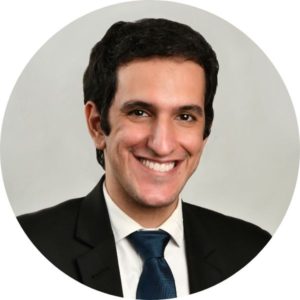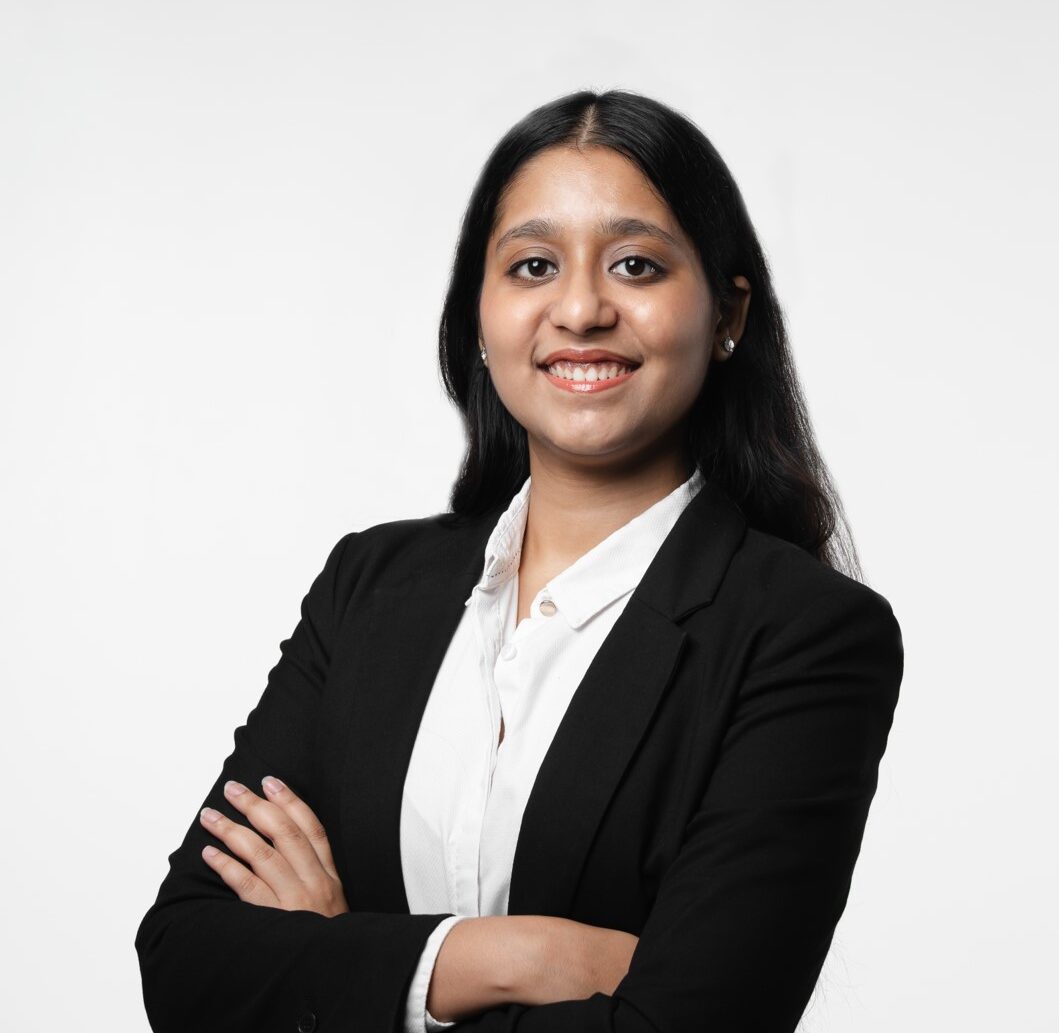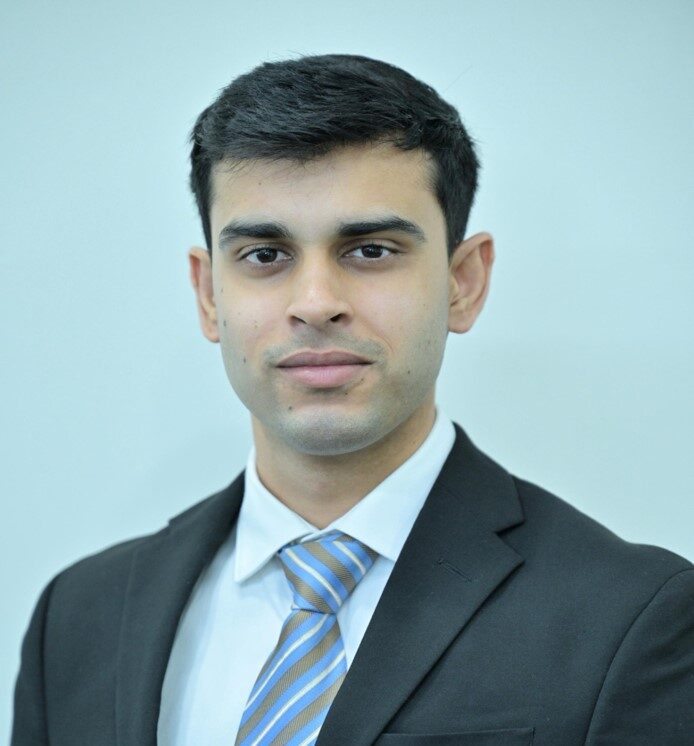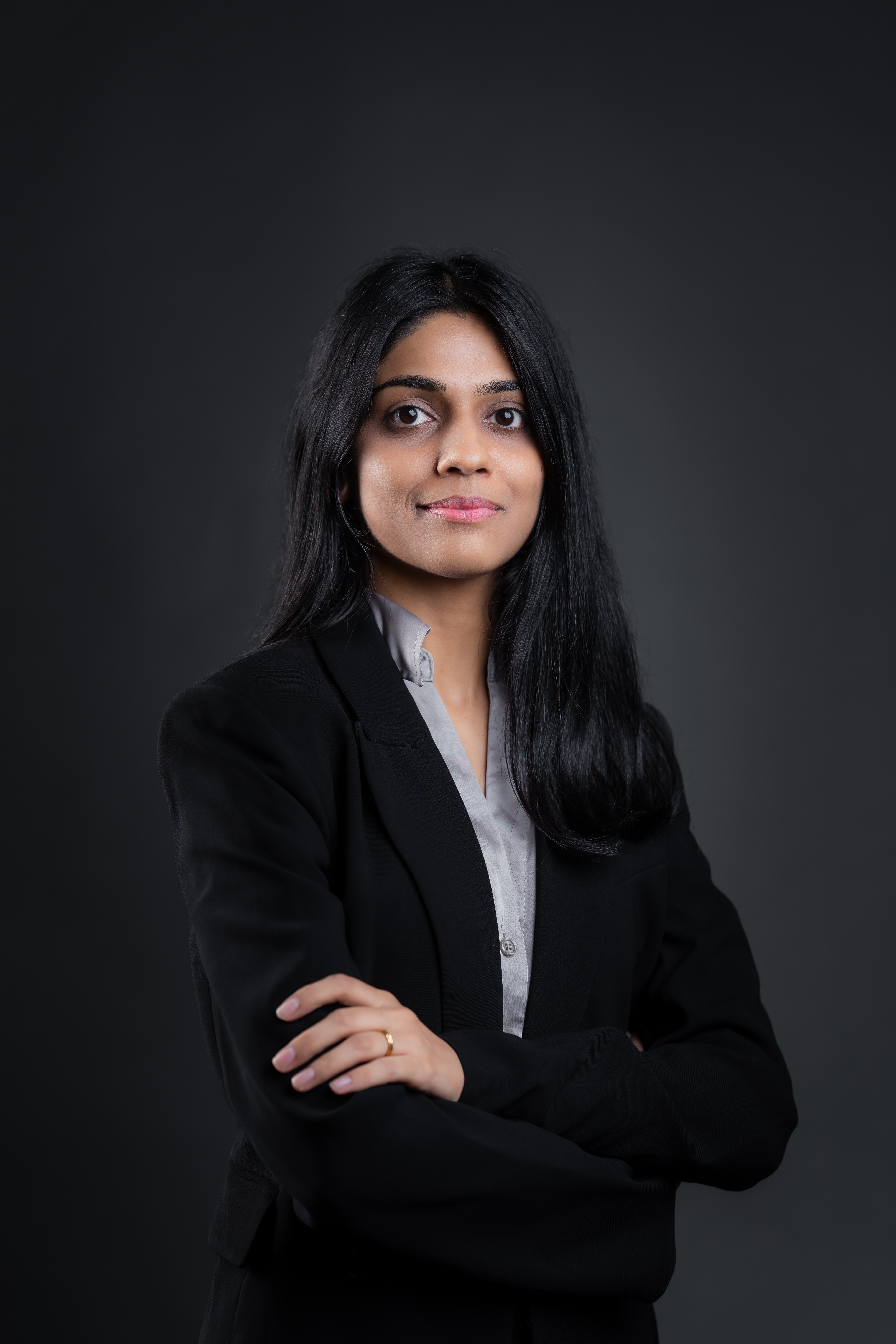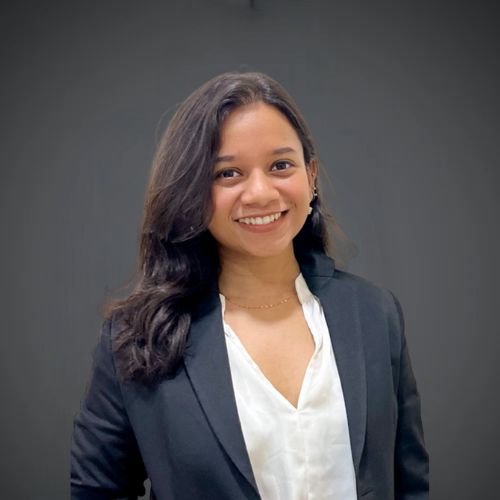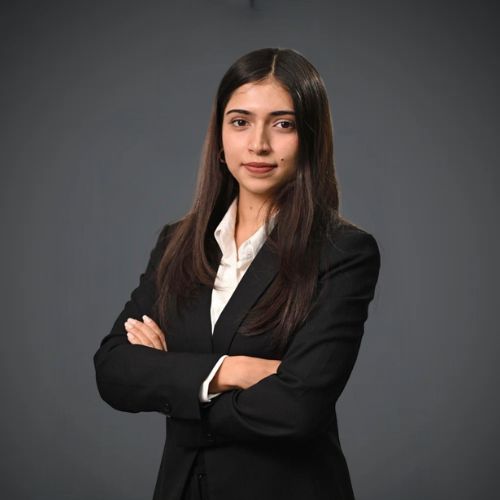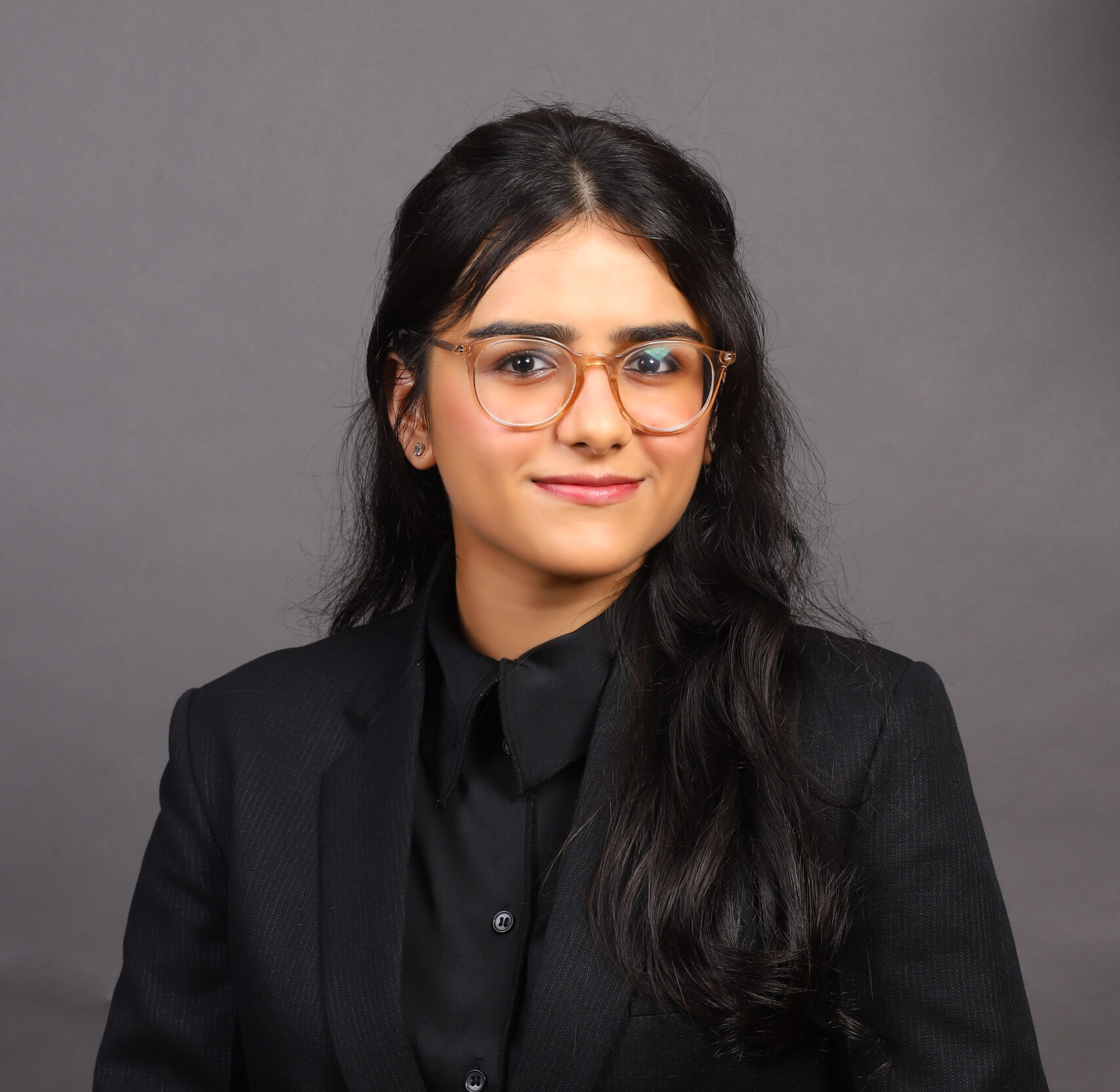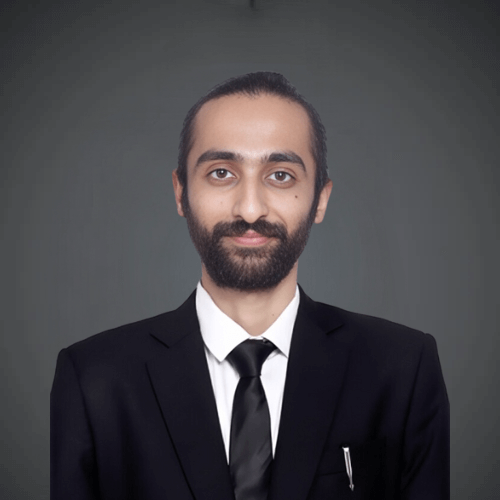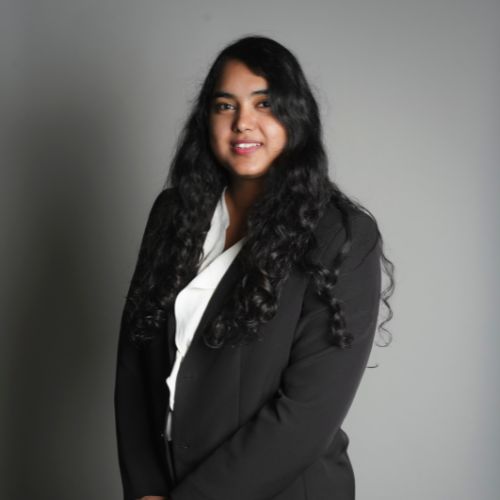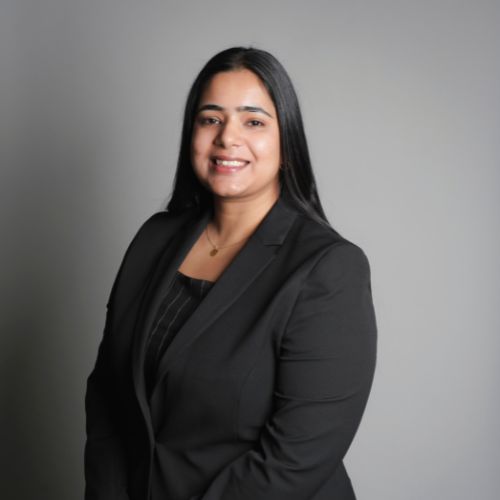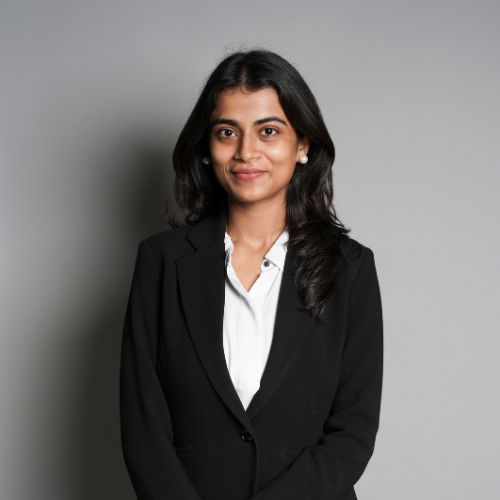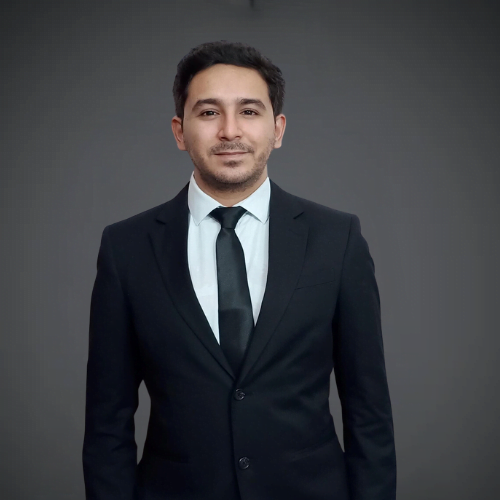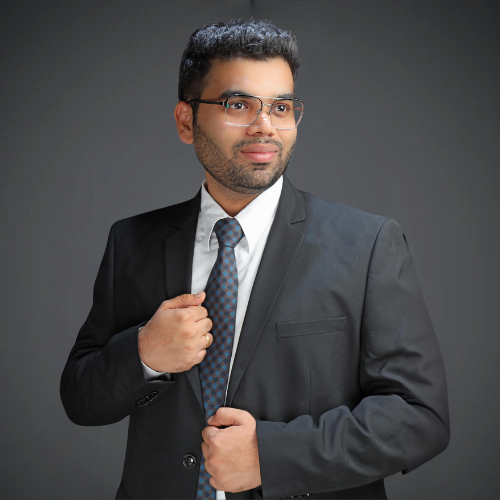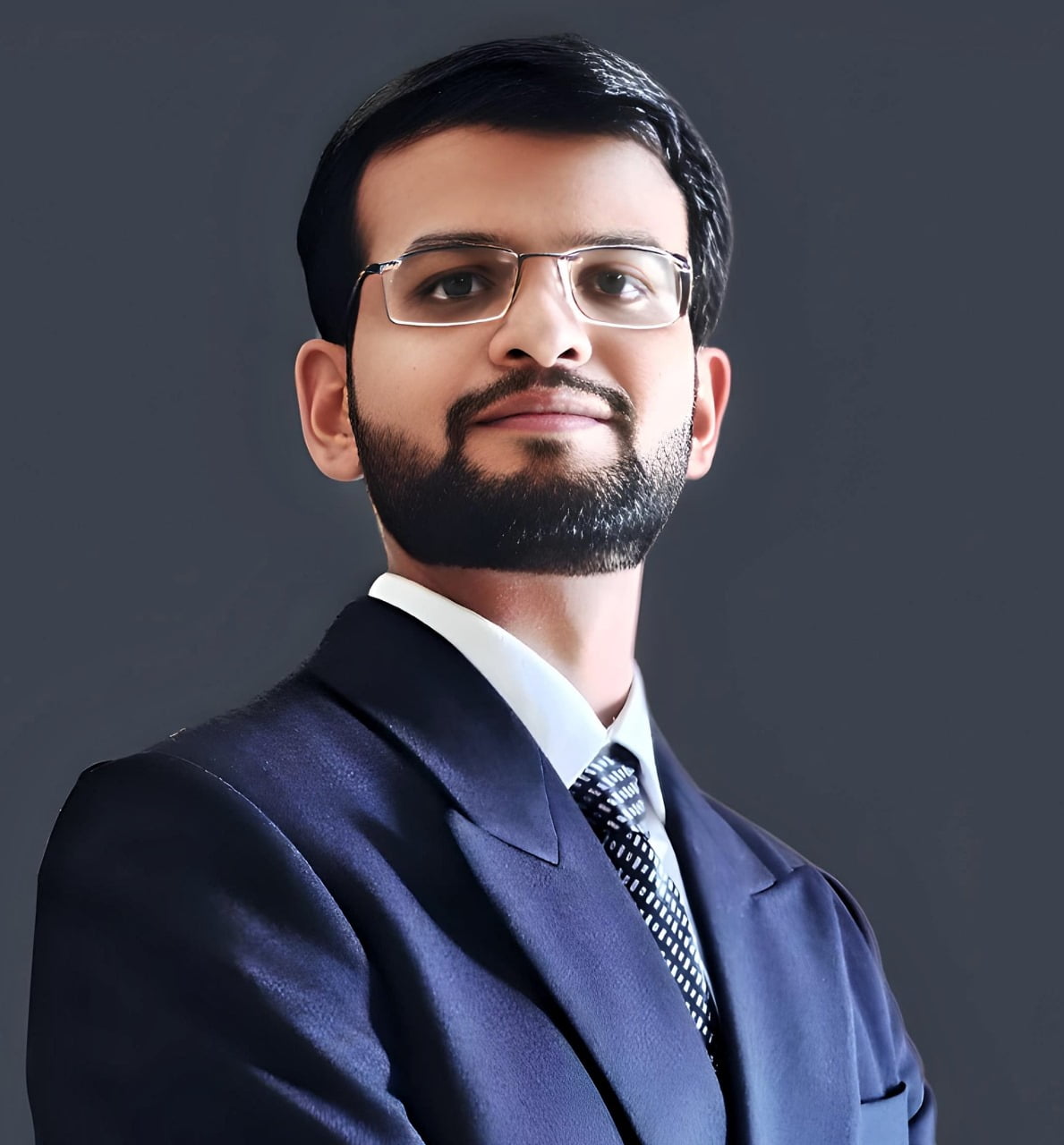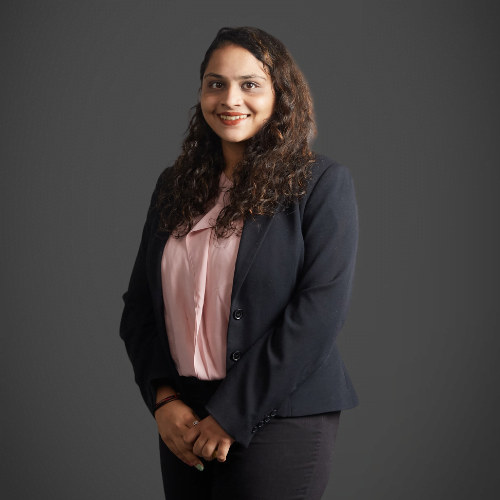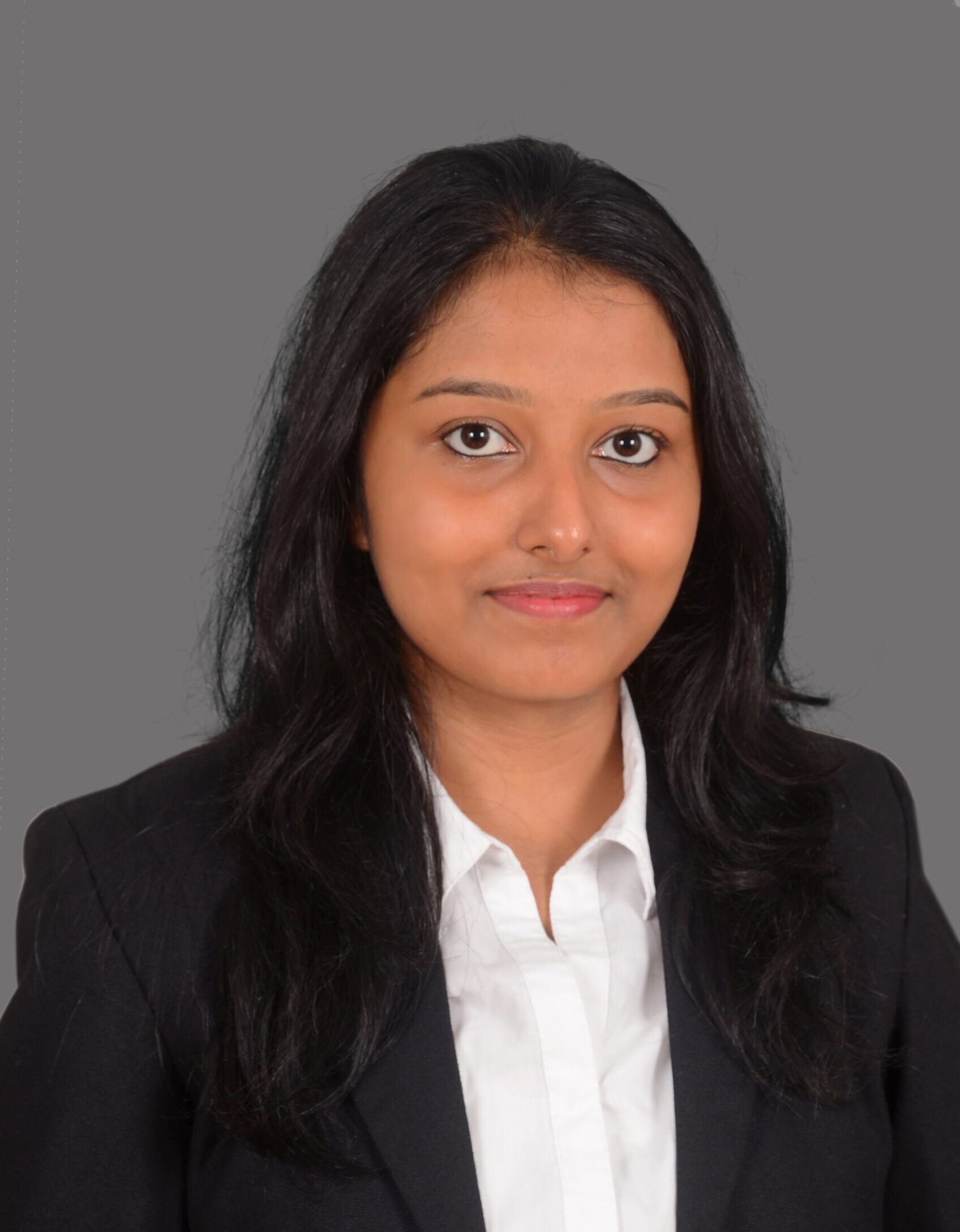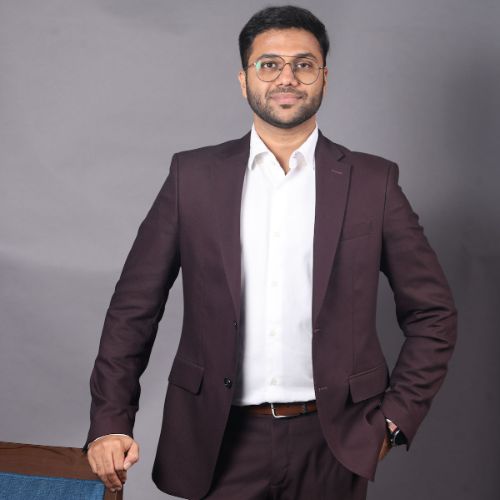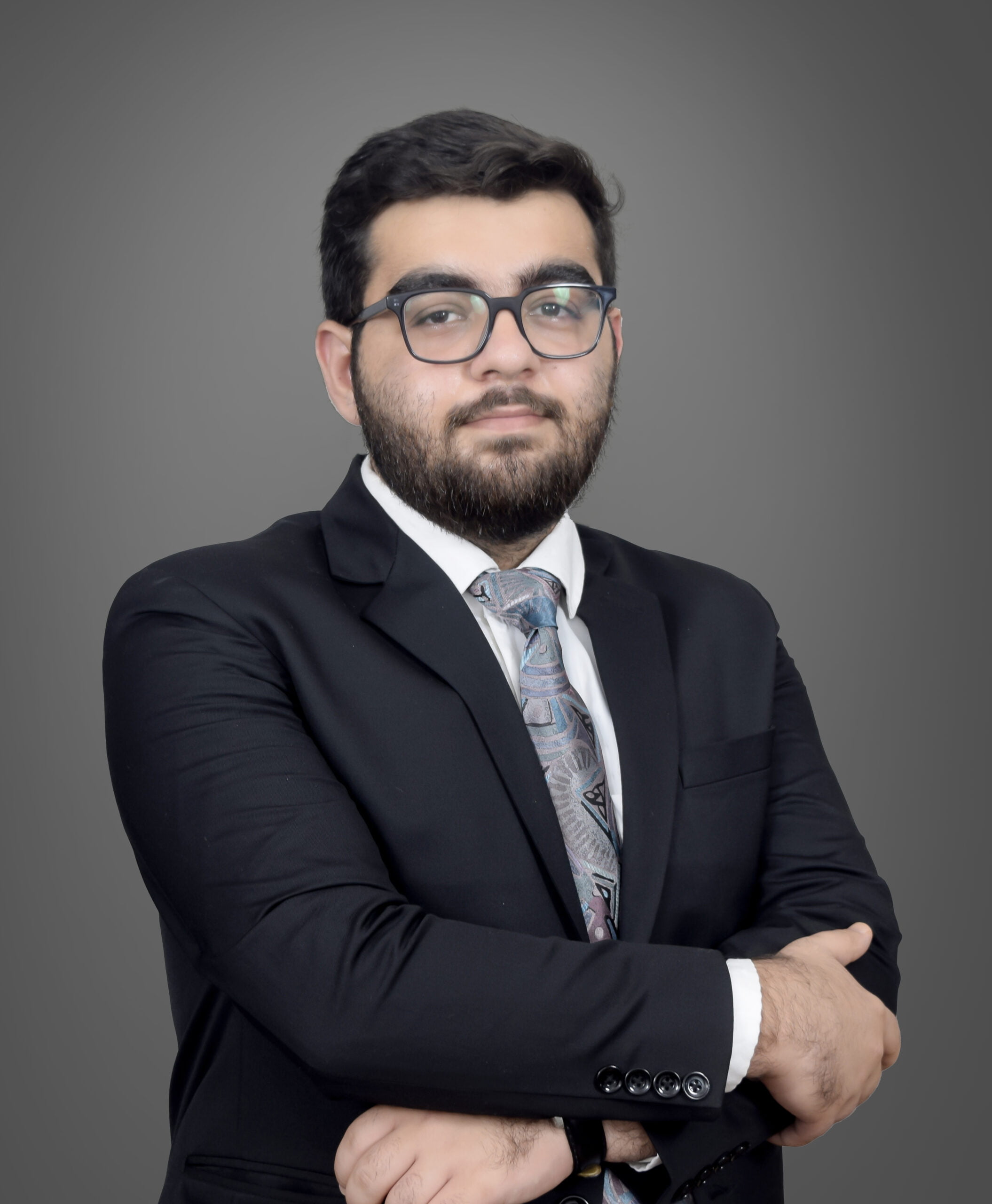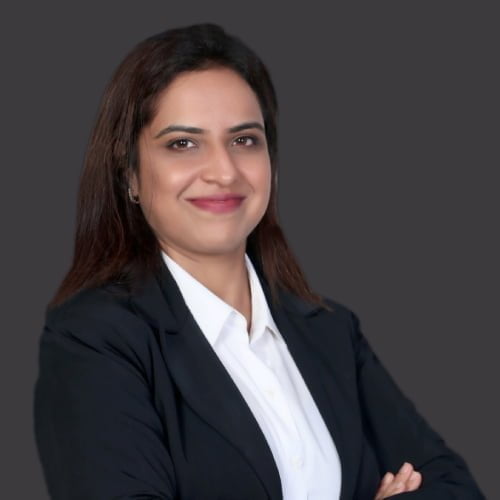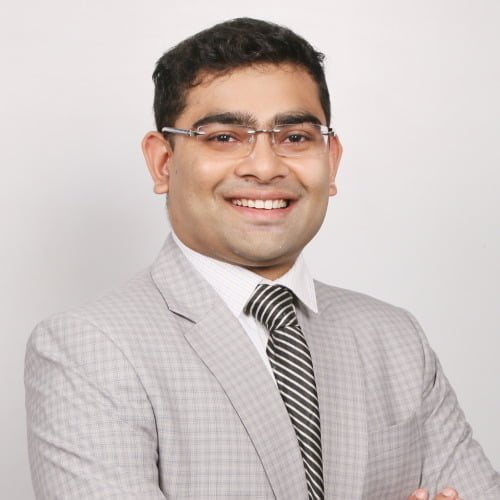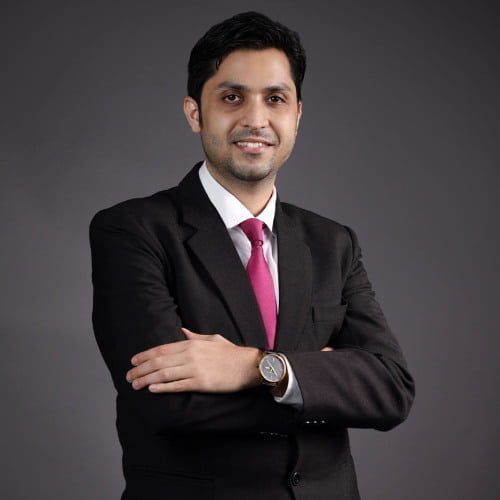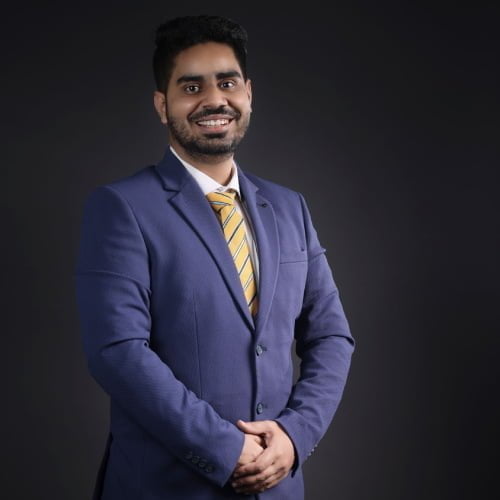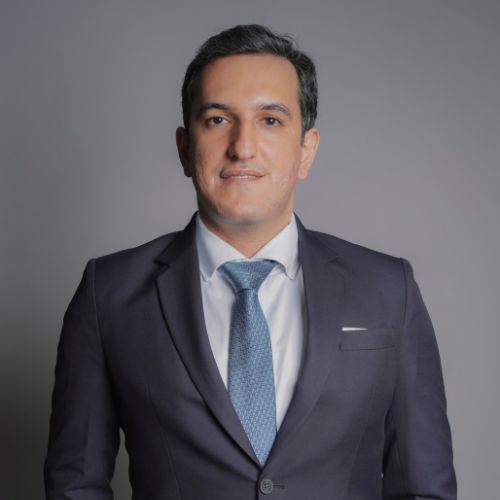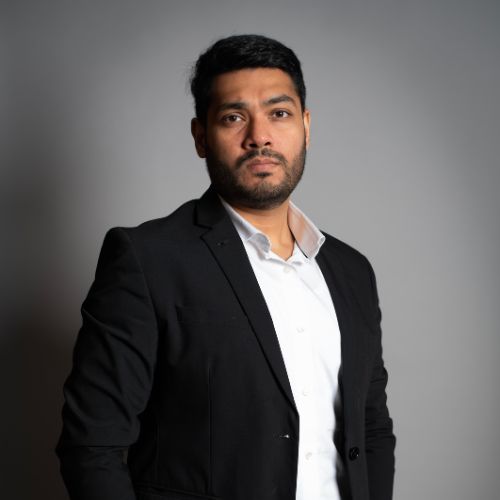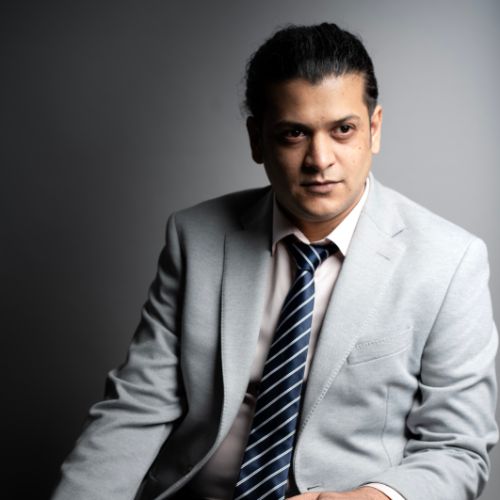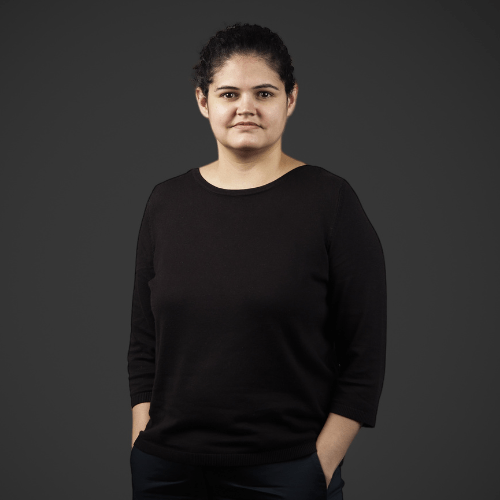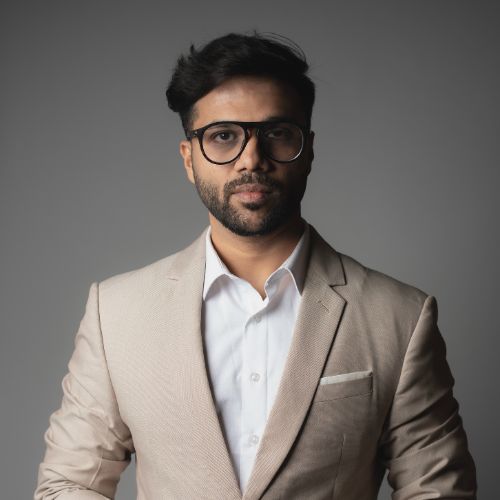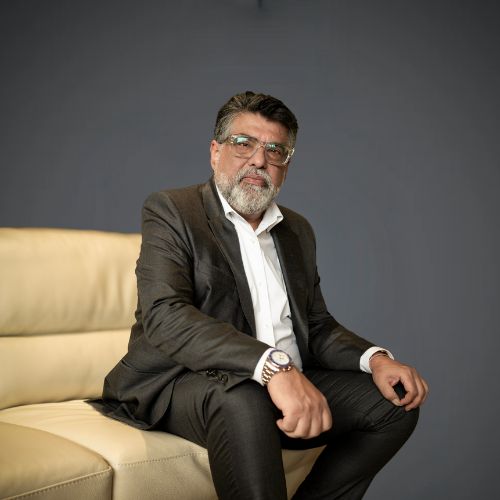Introduction
With the advent of technology, audio recordings of conversations (whether on phones or otherwise) have become more prevalent and are increasingly being availed of by a wide variety of people during their day to day lives. There has been much discussion on whether such recordings, especially when made without the knowledge of the person at the other end, can be used in courts of law to corroborate a person’s statement or story. This article seeks to clarify the legal position in India concerning such recordings as well as the process to prove such recordings in evidence.
Examples
A few examples of recorded audio conversations which are not known to the counterparty would include:
Conversations recorded during phone calls
- Audio recording of interviews
- Recording a physical conversation with another person
Legal Position in India
Indian Courts have time and again allowed such recordings to be admitted into evidence, subject to certain caveats and safeguards to protect the integrity of the recording. These types of recordings were recognized as far back as 1973 by the Hon’ble Supreme Court who noted that such recordings were admissible in evidence even though the counterparty did not know that the conversation was being recorded. The Supreme Court in 1985 laid down more detailed conditions for admissibility of a recorded statement, being:
- Identification of the voice of the speaker by the maker of the recording or others who recognize the speaker’s voice;
- The accuracy of the recording being proved by the maker;
- Ruling out of any possibility of tampering;
- The recording being relevant to the case;
- Sealing and keeping the medium of recording in safe and official custody; and
- The speaker’s voice being clearly audible and understandable.
The Supreme Court has recognized the evidentiary value of digital voice recordings, which would be included under Section 2 of the Information Technology Act, 2000 read with Section 3 of the Evidence Act, 1872 and has allowed such recordings to be admitted into evidence subject to following the usual conditions of proving such evidence.
However, in the context of proceedings before Family Courts, i.e. the Punjab and Harayana High Court has held that such recordings if made of conversations between a husband and wife, would be in violation of a person’s right to privacy and would not be admissible in evidence. An appeal from this judgment is currently pending before the Supreme Court.
Proving such recordings in Evidence
Even if audio recordings are made in conformance with the above conditions, they still must be proved during the stage of evidence. Keeping in mind that a majority of audio recordings are made today using electronic devices, the methodology set out below deals with proving audio recordings made on digital devices.
For any electronic record / document to be entered into evidence, it must be accompanied by a certificate under Section 65 (B) of the Indian Evidence Act, 1872. This certificate is necessary to prove the integrity of such an electronic record / document. Such a certificate must set out / confirm all of the following points:
- Identify the electronic record and describe how it was produced;
- Set out the details of the device used to produce the electronic record in order to show that it was produced by a computer;
- The computer device containing the information was used regularly to store or process information in the regular course of activities over that period, by a person having lawful control over the use of the device; and during the said period, the information of the same kind was regularly fed into the device;
- Throughout the time the electronic record was stored on the computer device, the computer was operating properly and if not, the electronic record or the accuracy of the contents was not affected during such time it was not functioning properly;
- The information contained in the electronic record reproduces or is derived from information fed into the computer device during the regular course of such activities.
This certificate must ideally be given when the electronic evidence is produced before the Court. However, in cases where a defective or no certificate is given, the Judge can summon the person and require that such a certificate be given. The certificate must be given by a person occupying a “responsible official position” in relation to the operation of the computer device, and can also be a person in the “management of relevant activities”. In the present circumstances, the ideal person to provide such a certificate would be the person operating the device on which the recording was created.
Forensic Angle
During forensic investigations, interviews are conducted with employees of the company and other interested parties. These parties may not always give permission to have the interviews recorded, and even if they do, their answers may be more guarded and / or different than a conversation they knew which would not be recorded. In such circumstances, even a recording made without the knowledge of the counterparties would be admissible in evidence, as long as it meets the conditions set out by the Hon’ble Supreme Court and can be properly proved in evidence.
A note of caution to be considered is that the Hon’ble Supreme Court in the case of Ram Singh V. Col. Ram Singh (supra) has commented that when possible, it is preferable to record the statements of such interviewees in writing and have the same signed by those persons along with a written statement to the effect that it was read over and accepted as correct. However, as indicated above, this method may not be advisable in all situations, especially when conducting interviews of such a nature.
The Hon’ble Supreme Court also noted that in such cases if audio recordings are necessary, then it is advisable that the recording first have the place, time and name of the person recorded indicated by the person making the recording and then continuing with the audio recording.
Conclusion
The Supreme Court has time and again recognized audio recordings, and in certain cases even those where the counterparty did not know that the conversation was being recorded. It can be reasonably concluded that these recordings are admissible in evidence as long as certain necessary requisites are met and the recording can be adequately proved in evidence.
R.M. Malkani V. State of Maharashtra
K.K. Velusamy V. N. Palanisamy
C.R. No. 1616 of 2020 before the High Court of Punjab and Harayana, Chandigarh
Arjun Panditrao Khotkar V. Kailash Kushanrao Gorantylal and Others
